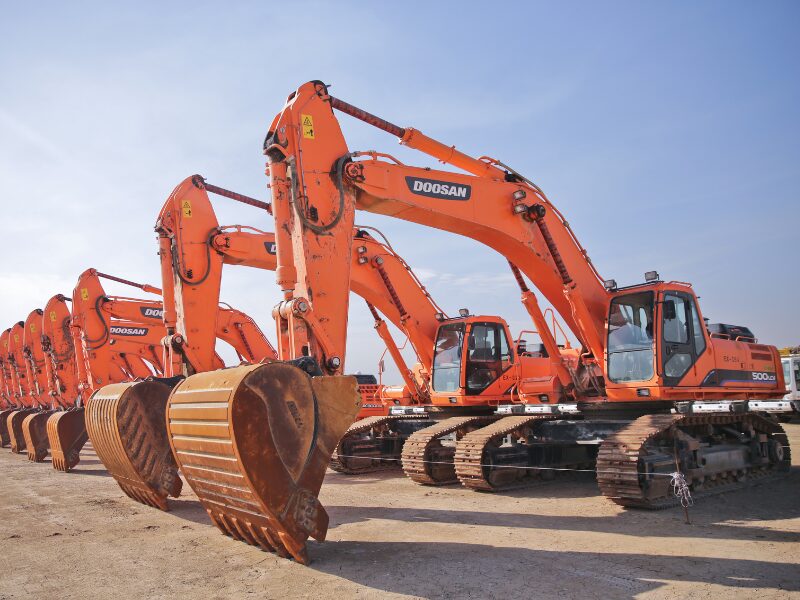Be a Legend & Subscribe to Our Newsletter
Reduce Debt | Build Wealth | Grow Your Business | Expert Economic & Property Insights
Choose subscription

Dark Horse Financial
Finding tailored solutions is what we do best. Get access to the best home, investment, and business loans in Australia, no matter your financial situation.
Services
Support
Get in Touch
Disclaimer:
The information provided on this website is intended for general guidance only and does not constitute financial advice. While every effort has been made to ensure the accuracy of the content, lender products, policies, and assessment criteria are subject to change without notice. No guarantee of approval or specific outcomes is provided, as all applications are subject to lender evaluation and approval processes. We recommend seeking independent advice to determine if the products and services mentioned are suitable for your individual circumstances.
Dark Horse Financial Pty Ltd is a Credit Representative No. 465 325 of Buyers Choice Licencing Pty Ltd ACN 626 172 281 (Australian Credit Licence No.509484)
© Dark Horse Financial 2024










